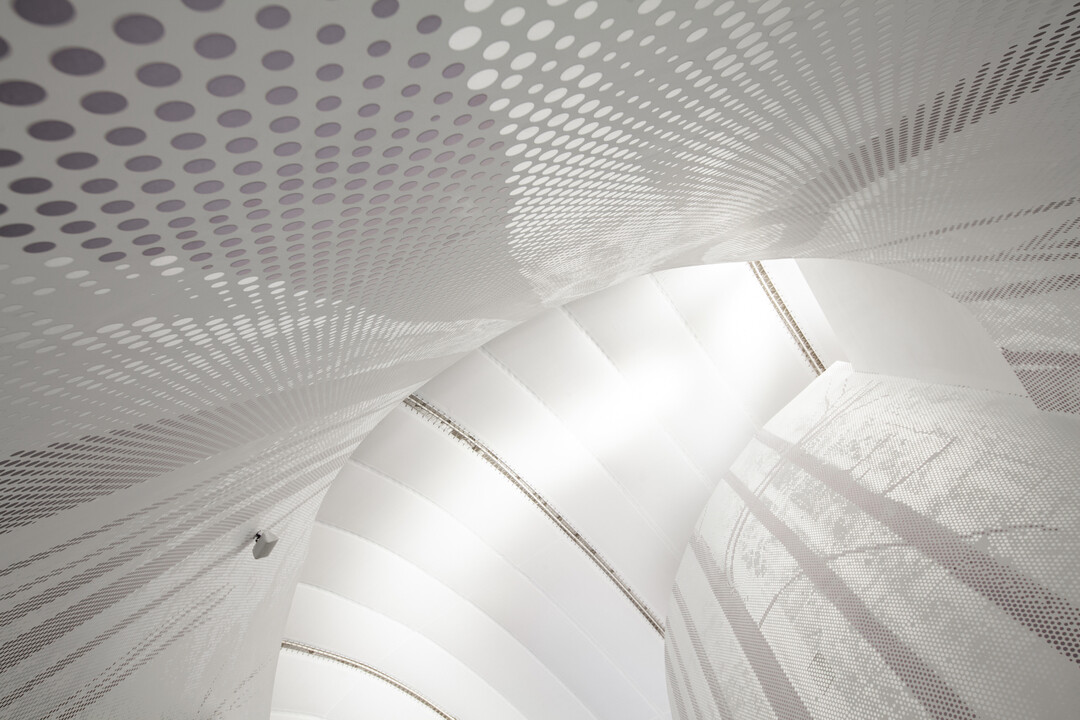
Members Only
Please join as a member and click "Members Only" to read more complete articles and exclusive content.

Please join as a member and click "Members Only" to read more complete articles and exclusive content.
W寓
FWS_Work是一間駐點於台灣與紐約的設計工作室,主持設計師傅裕翔曾在台灣工作一段時間,之後轉向美國紐約尋求更多設計可能性。2019年疫情前,本案屋主,也是設計師大學就讀工業設計系的同學向他提出了自宅設計請求。藉此,成為FWS_Work成立以來的第一件設計。
屋主後來轉換職涯跑道,成為一名航空機師,不斷在世界各地飛行、停泊。至於台灣,他選擇鄰近工作地點的桃園青埔購置房屋,並委託舊識好友為他擘劃一場居家度假旅行。在開放的住宅空間中,橡木與黑白對比,構築成都會中隱士的避世感。原有空間格局為四房,將之調整為三房格局含主臥室、客房及居家健身房等,賦予客廳、廚房尺度更為廣闊,餐廳的T型中島亦是屋主邀朋友來小酌聚會的重要核心。
如今典型住宅建築,泰半梁位突兀。本案公領域正好橫貫一結構梁,設計師思考著與其遮蔽,不如將之轉換為空間界定元素及視覺焦點。於是,運用放大版「門框」(portal)概念,增厚梁下兩側,創造完整框型,隱晦地界定客廳與工作區、餐廳與廚房;且梁的橫向,同時讓公領域衍生水平延展視感。而獨立書桌與餐桌則劃分出環繞動線,無限循環,流暢於開放場域之間。